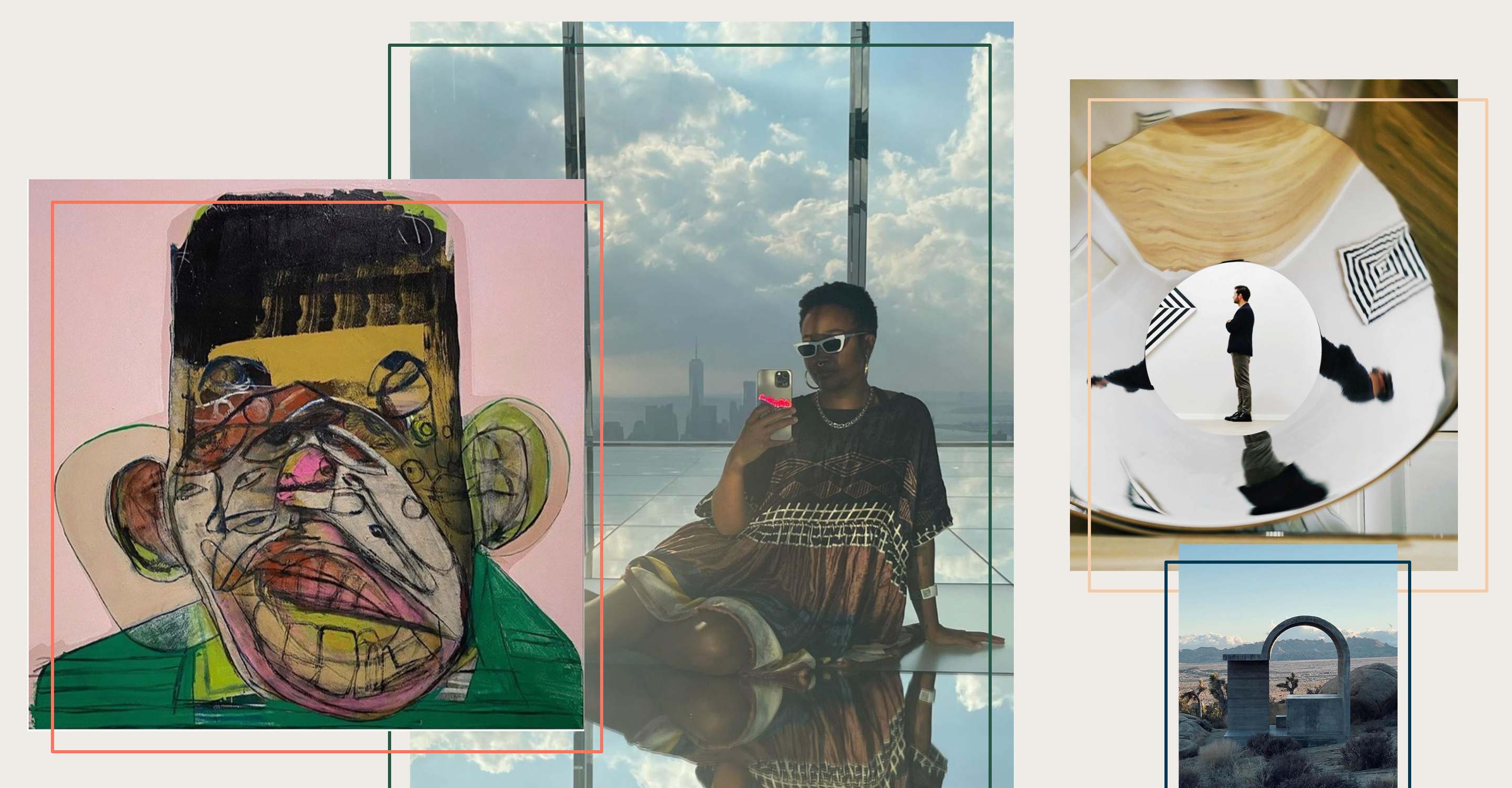Plenty of fields have become democratized all thanks to the access that social media allows. Just look at fashion and beauty, two areas that were once dominated by insiders but are now heavily populated by influencers and relative plebeians. Art, on the other hand, hasn’t quite hit that same level of public access—and that’s par for the course. The industry itself is built on aesthetics, deeply rooted context, and a tight-knit community of elites. But that doesn’t mean it’s impossible to use social media to make your mark and build a following in the art world.
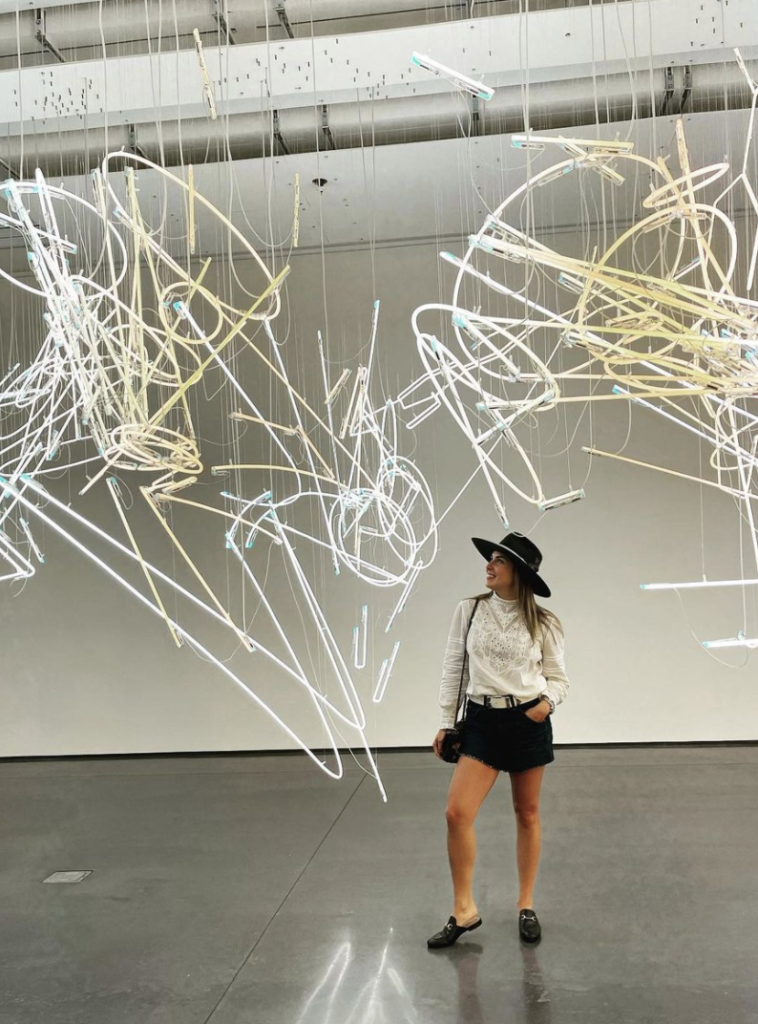
Just look at Ellie Hayworth, a Cuban-American entrepreneur who founded Hayworth, an art and design consultancy, in 2018. While she runs this multifaceted boutique agency, with a focus on artist management, curatorial initiatives, communications and cultural programming, she also collects in her own right. And she’s found a way to share it all on the @hayworth.co Instagram account in a way that feels both accessible and aspirational.
Here, a few tips from this pro on how to make it on social media in the art world, who to follow right now and what to look out for in 2022.
Hi Ellie! Could you tell us a little bit about @hayworth.co and what type of work is shared on that account?
We’ve cultivated a content strategy that showcases Hayworth’s clients (often artists, architects, or designers), which can include press highlights, studio visits, behind the scenes or work-in-progress spotlights, and exhibition/art fair participation. Beyond our stable of clients, we curate posts on must-sees and must-knows across the art and design world. For example, I’ll organize a studio visit with an artist, take a tour of an artist residency or do a curated walkthrough of a show and that becomes an opportunity for in-person relationship building. The gallery, artist, or curator is already familiar with Hayworth and our vision, so when we post to social they’re keen to re-post, to engage, and dialogue in a long-term, consistent fashion.
Would you say that your followers are art-world insiders or just anyone who appreciates art?
We have an audience of real-world entrepreneurs and tastemakers, while distinguishing ourselves as such, too.
And how have you been able to grow your social media following, as that audience seems very specific?
Patience and consistency is the most important strategy. We launched the Hayworth account a few years after founding the company itself, with the intention of giving a voice to the brand that was independent from me, its founder. Because contemporary artists and designers are typically quite active on Instagram themselves, we’ve fostered many quality relationships with creatives whom we may or may not have ever met in person simply by co-promoting their exciting milestones and nurturing quality dialogues on the platform. It is a high-touch, slow-burn approach but it has yielded a following and engagement around the tastemakers and innovators we hope to surround ourselves with.
Who are some artists or art world insiders that you think have done a stellar job of translating their work on IG?
@markatthemuseum’s ability to make art approachable and engaging when consumed on a screen have taken him from behind the account at Artsy to TEFAF, and general acclaim in his own right. Mark Rosen is a great one to follow if you want a glimpse into some major museums, fairs, and galleries from a holistic perspective.
A great design eye can be glimpsed through the account of @cb (which stands for City Boy and is helmed by Erik Petschek). What I enjoy most is his clean photographs and his narrative approach to publishing stories. He offers a behind-the-scenes look into renovation projects and a number of historical and contemporary architectural site visits. His content has a progressive feel that keeps you swiping to progress through time and space.
@museummammy (a.k.a. Kimberly Drew) is a stand-out example of someone who has pioneered accessibility. She’s done this on both on her personal account and professionally when she was behind digital strategy at the Met, though she’s now an independent curator and acclaimed thought leader.
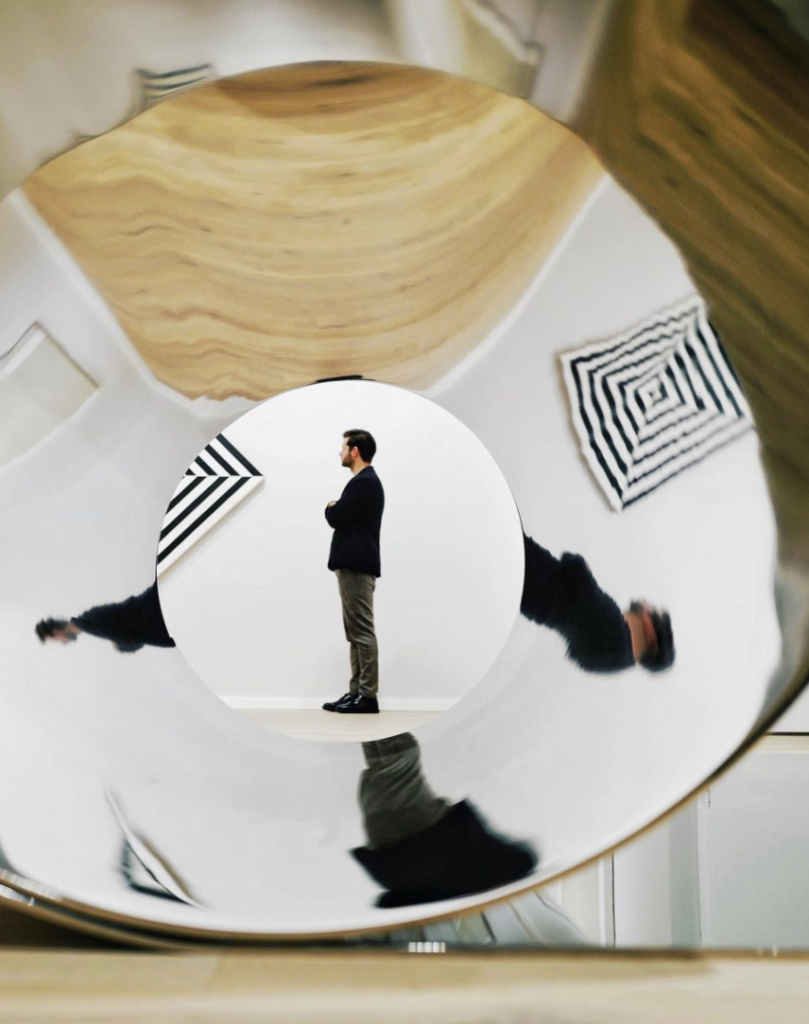
Mark Rosen / @markatthemuseum 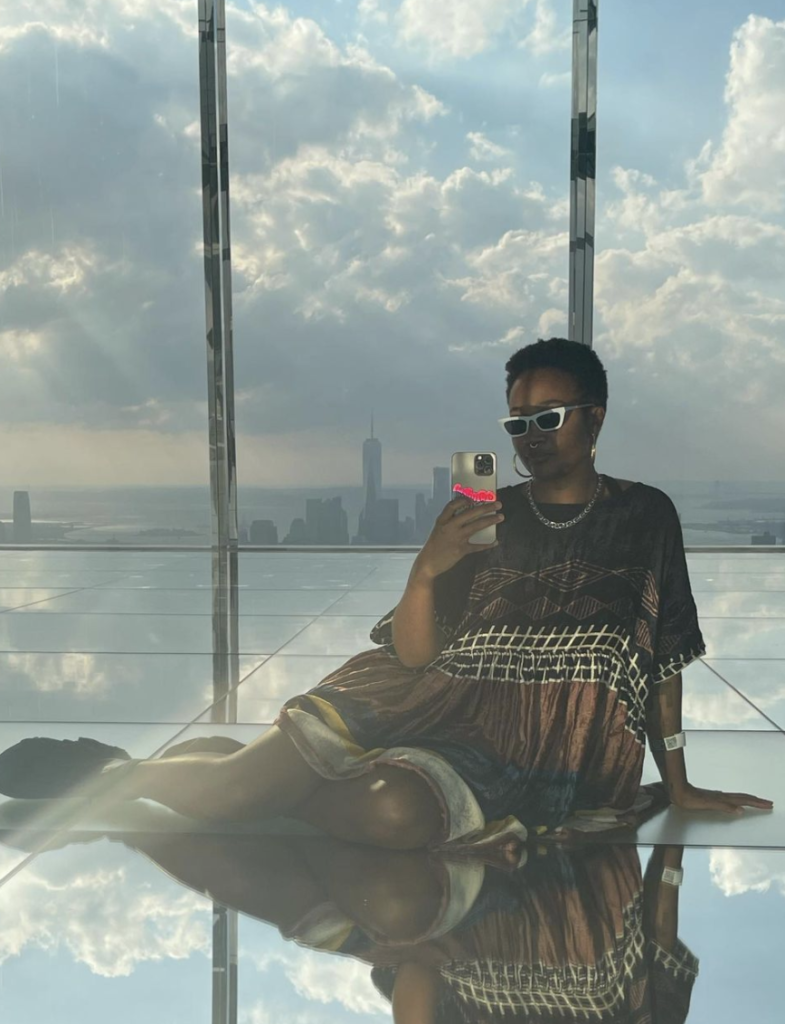
Kimberly Drew / @museummammy 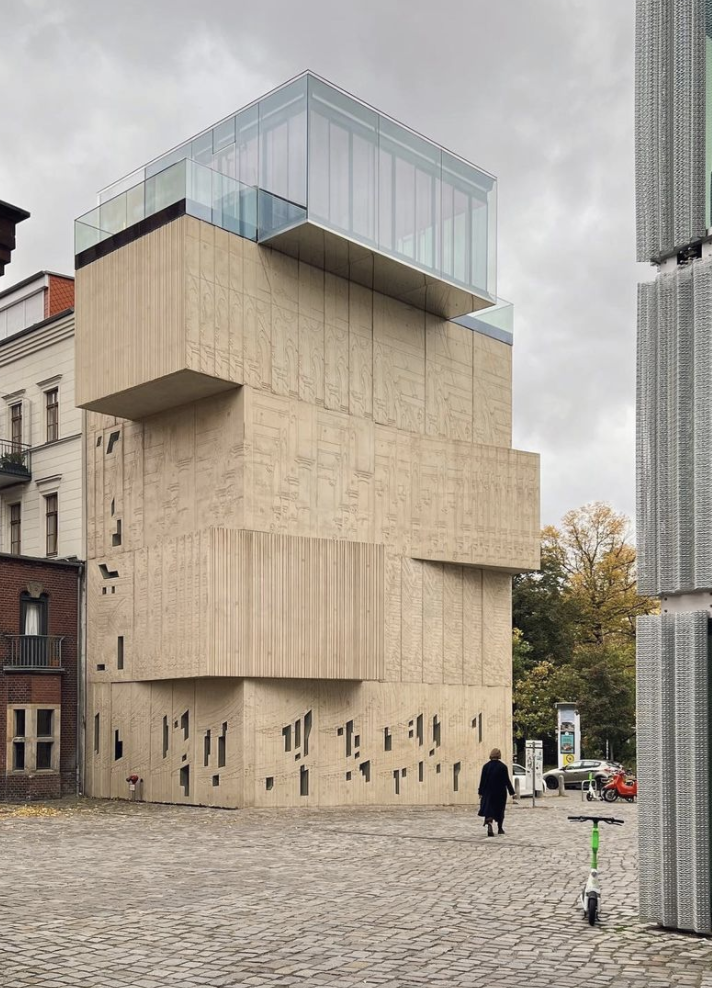
Erik Petschek / @cb
There’s also a new vanguard of young curators and directors, both independent and in-house, that have cut their teeth in this new age and contributed to stand-out programs across the board. Elena Soboleva and Christiana Ine-Kimba Boyle are two examples of individuals who’ve contributed their digital savvy to pioneering new sales avenues, promotional vehicles, and curatorial initiatives with a digital-first approach.
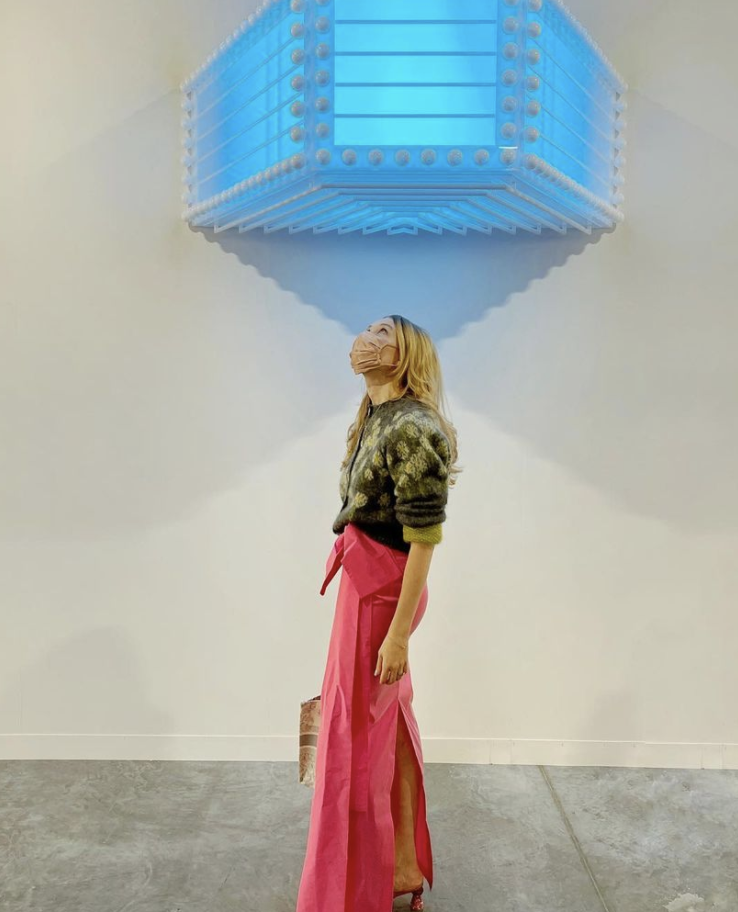
Elena Soboleva / @elenasoboleva 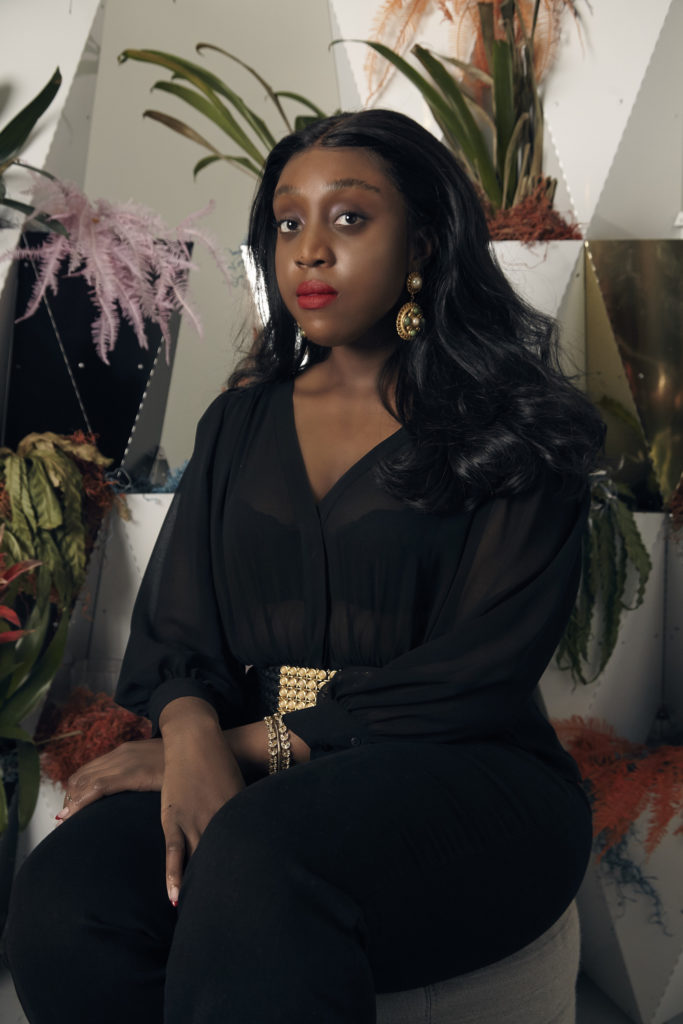
Christiana Ine-Kimba Boyle / Photo by Shaniqwa Jarvis
Is there a certain medium that translates best via social media?
Art by definition is an aesthetic enterprise (not to be confused as solely aesthetic because the concept is paramount) which lends itself perfectly to Instagram’s platform. However, I think that question is better framed around what the cultural zeitgeist is, and not necessarily what medium translates best.
For example, look at how painting is undergoing an incredible resurgence right now. We’re seeing portraiture and figurative works experiencing newfound attention (think Allison Zuckerman, Genesis Tremaine, Lynette Yiadom-Boakye) when just a few years ago there was a focus on monumental, highly-fabricated works that obscured figuration to the point of near minimalism (think Anish Kapoor and Tomas Saraceno). I think right now what is performing best both in the market and on social media are artists who unabashedly explore identity, particularly inserting historically marginalized voices and communities directly into the contemporary art canon.
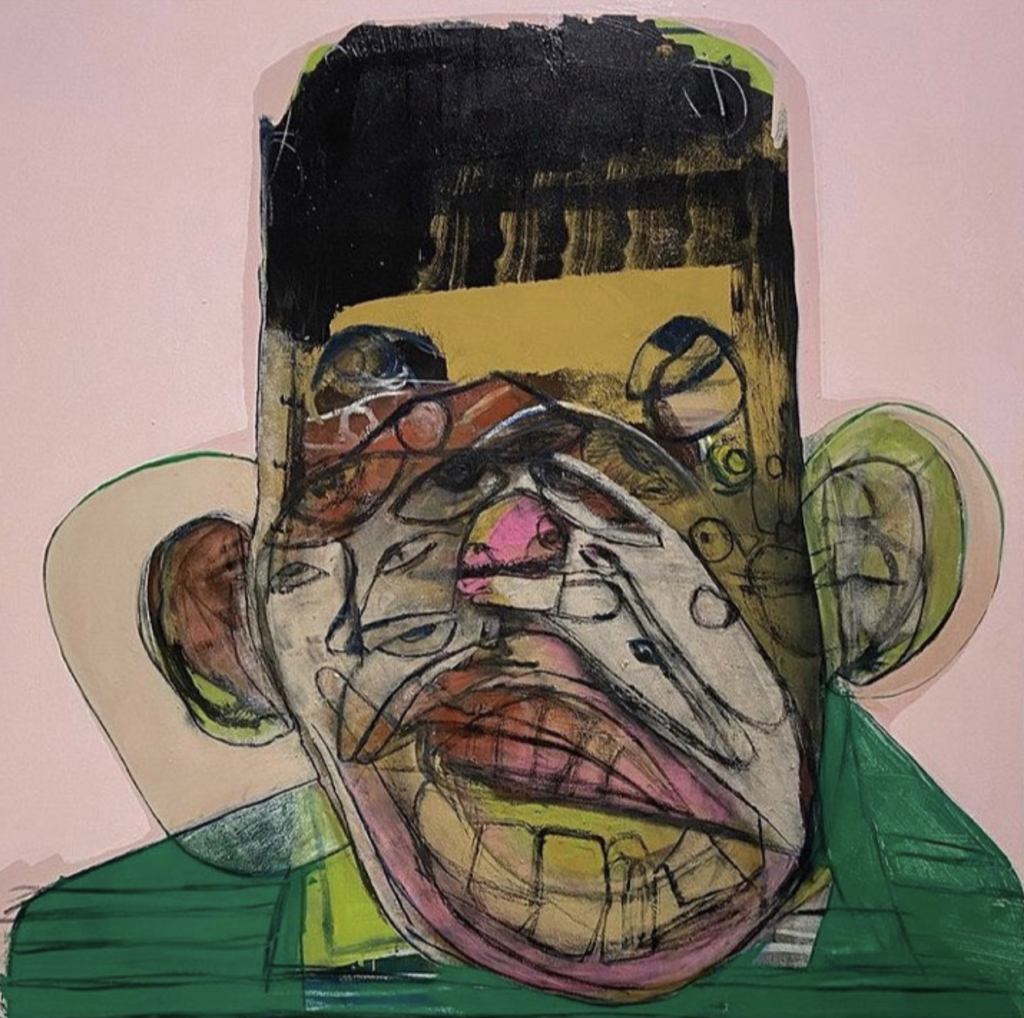
For example, look at how painting is undergoing an incredible resurgence right now. We’re seeing portraiture and figurative works experiencing newfound attention (think Allison Zuckerman, Genesis Tremaine, Lynette Yiadom-Boakye) when just a few years ago there was a focus on monumental, highly-fabricated works that obscured figuration to the point of near minimalism (think Anish Kapoor and Tomas Saraceno).
I think right now what is performing best both in the market and on social media are artists who unabashedly explore identity, particularly inserting historically marginalized voices and communities directly into the contemporary art canon.
Have you seen the rise of NFTs affect how digital art makes its way onto social media?
Absolutely! Because NFTs are often digitally-native, they are well suited to promotion on social media. And the digital community around NFTs is vast; you have an entire economy that is grown, nurtured, and transacts online. Twitter often supports the speculative aspect of NFT collecting — this is where the information economy exists, as participants share expert knowledge, articles about the market, and dialogue quickly about glitches, bugs, drops, and other time-sensitive news. News spreads and buying activities transact in a rapidfire fashion in this market. Because of the volatility of crypto, pricing is wildly fluid so you have to move quickly before costs climb and market demand drives prices up.
With regard to Instagram, the platform lends itself to a more evergreen approach — an artist “portfolio” so to speak. Many fine artists and designers who’ve worked in digital media but have had a presence in the more traditional art world recognized early on that Instagram is where the museums, curators, collectors, and galleries are. They therefore cultivate followings across both platforms. Different audiences, different intentionality, and therefore a different, complementary approach.
Finally, we’d love to know how you’ve seen the art world embrace (or reject) TikTok?
In full transparency, I’ve personally shied away from TikTok and can’t speak on behalf of its efficacy in the art world. What I’ve seen with TikTok is that the artists or creatives that are adept at editing cheeky, trendy videos that somehow weave in their artistic voice or vision are the ones that have the best luck with building a following on TikTok. I’ve seen the app used for art fair walkthroughs, museum visits, and artist studio visits, but I’ve honestly not yet seen institutions or galleries adopt it in a way that overrides their Instagram presence or the ability to produce similar content via IGTV or Reels.
Let’s Talk